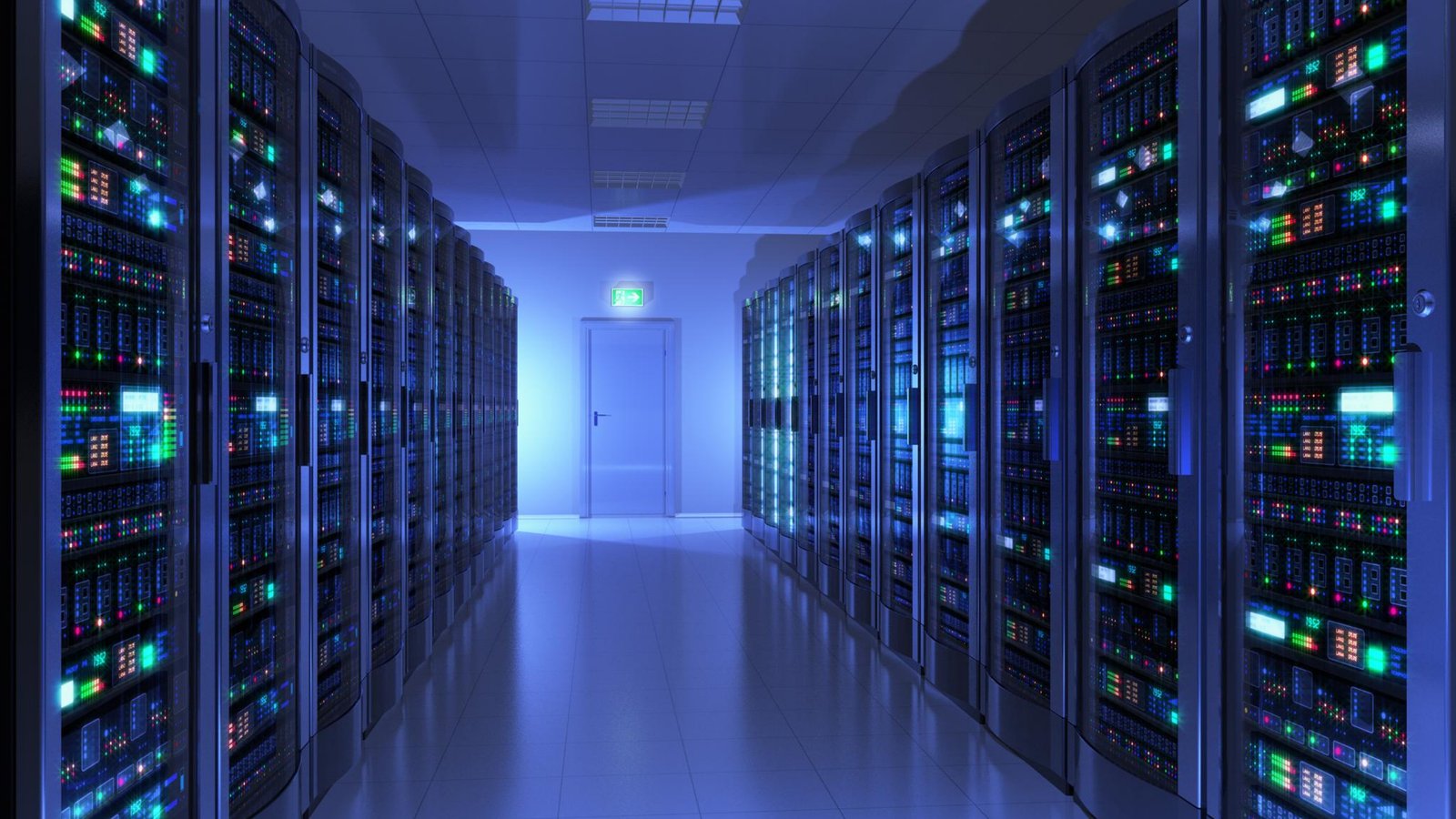The data center industry is undergoing a seismic shift. With the exponential growth of data, rising energy costs, and increasing demands for uptime, traditional data centers are struggling to keep up. Enter autonomous data centers—self-healing, self-optimizing facilities powered by AI, machine learning, and advanced automation.
But what exactly does the future hold for autonomous data centers? How will they transform IT operations, reduce costs, and enhance efficiency? In this deep dive, we’ll explore the key trends, technologies, and challenges shaping the next generation of data centers.
What Is an Autonomous Data Center?
An autonomous data center is a facility where most—if not all—operations are managed by AI-driven systems with minimal human intervention. These data centers leverage:
- AI and Machine Learning (ML) – Predictive analytics for hardware failures, workload balancing, and energy optimization.
- Robotic Process Automation (RPA) – Automating repetitive tasks like patch management and security updates.
- Self-Healing Systems – Detecting and resolving issues in real-time without human input.
- Edge Computing Integration – Decentralizing data processing to reduce latency and improve performance.
The goal? A faster, more reliable, and cost-efficient infrastructure that adapts dynamically to business needs.
Key Technologies Driving Autonomous Data Centers
1. AI-Powered Predictive Maintenance
One of the biggest challenges in traditional data centers is unexpected hardware failure. Autonomous data centers use AI-driven predictive maintenance to analyze historical and real-time data, identifying potential failures before they occur.
- Example: Google’s DeepMind reduced cooling costs by 40% using AI to optimize temperature controls.
2. Hyperautomation & Self-Optimization
Hyperautomation combines RPA, AI, and IoT to automate complex workflows. In autonomous data centers, this means:
- Dynamic workload distribution – AI allocates resources based on demand.
- Energy efficiency – Systems adjust cooling and power usage in real-time.
- Automated security patches – Zero-day vulnerabilities are patched instantly.
3. Edge Computing & Distributed Architectures
As IoT and 5G expand, processing data at the edge becomes crucial. Autonomous data centers will integrate edge nodes to:
- Reduce latency for real-time applications (e.g., autonomous vehicles, AR/VR).
- Lower bandwidth costs by processing data locally.
4. Quantum Computing Readiness
While still in its infancy, quantum computing will eventually require ultra-secure, self-managing data centers. Autonomous infrastructures will be the first to adopt quantum-resistant encryption and AI-driven quantum error correction.
Benefits of Autonomous Data Centers
✅ Reduced Operational Costs
- Fewer human errors – Automation minimizes costly mistakes.
- Lower energy bills – AI optimizes cooling and power usage.
✅ Enhanced Security & Compliance
- AI-driven threat detection – Identifies and neutralizes cyber threats in real-time.
- Automated compliance reporting – Ensures adherence to GDPR, HIPAA, etc.
✅ Improved Uptime & Reliability
- Self-healing networks – Systems automatically reroute traffic during failures.
- Predictive failure prevention – Reduces unplanned downtime.
✅ Scalability & Flexibility
- Auto-scaling resources – Cloud-native integrations allow seamless expansion.
- Multi-cloud interoperability – AI manages workloads across hybrid environments.
Challenges & Considerations
🔴 High Initial Investment
Building an autonomous data center requires significant upfront costs in AI, IoT sensors, and automation tools. However, the long-term ROI justifies the spend.
🔴 Workforce Transformation
As automation takes over routine tasks, IT roles will shift toward AI supervision, cybersecurity, and strategic planning. Upskilling will be essential.
🔴 Ethical & Security Concerns
- Bias in AI decision-making – Ensuring fairness in automated processes.
- AI-powered cyberattacks – Hackers could exploit autonomous systems.
The Road Ahead: What’s Next for Autonomous Data Centers?
By 2030, we can expect:
✔ Fully Lights-Out Data Centers – Facilities running entirely without on-site staff.
✔ AI-as-a-Service (AIaaS) – Cloud providers offering autonomous management tools.
✔ Sustainable Autonomous DCs – Net-zero energy data centers powered by AI-driven renewables.
Conclusion
The future of autonomous data centers is not a matter of if, but when. As AI and automation mature, businesses that adopt these technologies early will gain a competitive edge through unmatched efficiency, security, and scalability.
The transition won’t happen overnight, but one thing is clear: The era of human-dependent data centers is ending.
